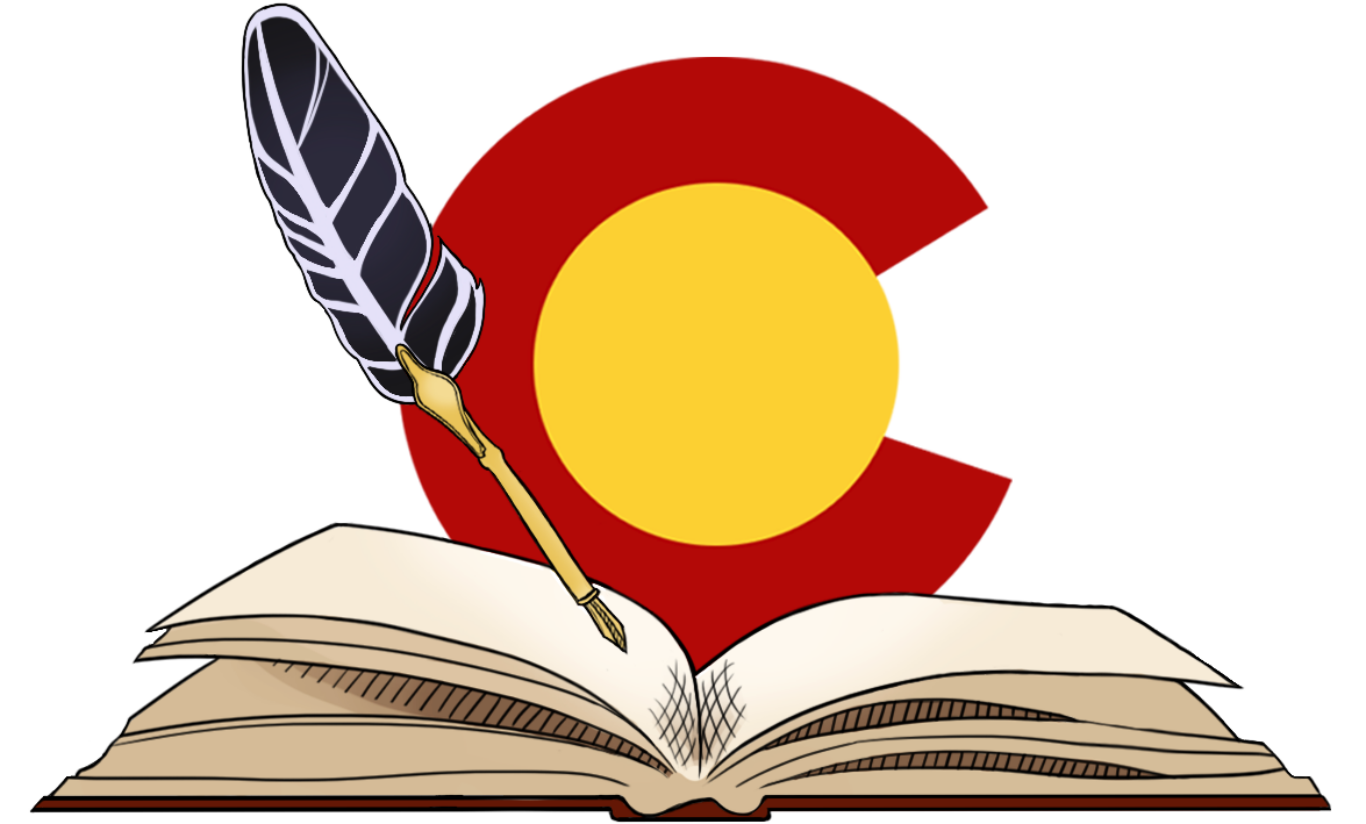by Kate Meyer
Bill drafting is the most visible function that the Office of Legislative Legal Services (OLLS) performs, yet the actual process of getting a bill from idea to introduction is a lot more complicated than many people realize. How does the drafting process work (i.e., why does it take so long)?
Bill request. Each bill shares the same humble origins: A bill request made by the prime sponsor or, less frequently, the prime sponsor’s authorized contact person. A bill request can be submitted to any OLLS staff member. The OLLS Front Office team processes all requests by logging them into the system and forwarding them, based on topic, to one of three subject matter teams: Law & Education, Business, or Government.
The content of bill requests runs the gamut. Some requests convey very little information, while others are quite detailed regarding the intent of the legislation, persons with whom the drafter is authorized to work, legislation on which the bill will be modeled, and other considerations.
Once the front office sends a bill request to a team leader, he or she reviews the request and assigns it to a drafting attorney (drafter). In making the assignments, the team leader takes into account a number of factors: Expertise or experience in working in a particular area, workload, etc.
Drafting. Upon receiving a new bill request, a drafter typically contacts the prime sponsor and authorized persons to discuss the purpose and scope of the legislation. At this juncture, a drafter will also often conduct research into the bill topic and, if he or she has the sponsor’s permission, may work with a colleague on the Legislative Council Staff. Once he or she gleans enough information to begin drafting, the drafter will create a new bill draft. Occasionally, a drafter is able to use legislation from other states or prior sessions as templates. Or, he or she may have received draft language (e.g., from stakeholders who are intimately acquainted with the issues) from which to start working. On the other hand, a drafter is often tasked with building the first draft from the ground up.
Regardless of a draft bill’s starting point, a drafter always attempts to spot issues and to write with fidelity to the rules set forth in the OLLS Drafting Manual and with clarity and attention to detail.
Editing. Once a drafter puts a draft “in the system,” it is then taken up by the subject matter team’s legal editors, who look for readability, accuracy, and consistency. A single editor will conduct an initial review of the draft. In this phase, he or she ensures that the draft is comprehensible, verifies that internal citations are correct, searches for conforming amendments, and otherwise makes certain that the draft adheres to style and format conventions. The editor will discuss his or her proposed edits with the drafter and make all approved changes. The editor will then “proof” the bill by reading it aloud with another editor. If they catch any mistakes or discover any additional questions or issues, the initial editor will discuss them with the drafter. After all the edits have been implemented, the editors forward the bill to a revisor.
Revising. Each subject matter team has several senior attorneys who act as bill revisors. A revisor checks bills for adherence to state and federal constitutional law, conformity with applicable case law and drafting norms, and real-world “workability.” The revisor brings any issues he or she may spot to the drafter’s attention, and the drafter is free to accept or reject any comments or proposed changes. Once the revisor’s input has been incorporated, the editors finalize the bill draft and return it to the drafter who sends it to the bill sponsor and any other authorized contacts.
Lather, rinse, repeat. Generally, each time a bill sponsor requests changes to a bill draft, the drafting, editing, and revising steps of the process are repeated. Often, the time devoted to these steps is reduced, especially if changes are minimal. However, when one considers that dozens of other drafts and redrafts are simultaneously wending their way through the same steps, it’s no wonder that even the most minor of changes can take time to implement.
Amendments. After a bill is introduced, amendments to the bill have a cycle of their own. Each amendment is written by the bill drafter and edited by a single editor before finalization. In the case of a “strike-below” (i.e., an amendment that eliminates everything below the bill’s enacting clause and replaces it with all new text), the amendment is treated the same as a bill and is put through the rigorous drafting-editing-revising process.
The above is a brief overview of the basics of getting a bill draft from conception to introduction. While the process can often be a frustratingly slow one, it is vital to producing comprehensible, high-quality, legally sound, and plainly stated legislation. In other words: good drafts come to those who wait!
